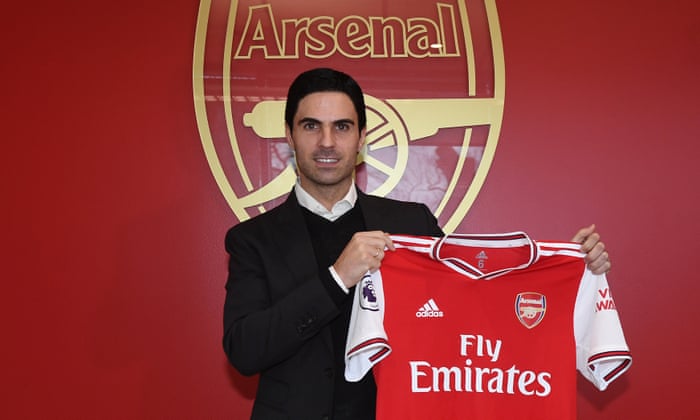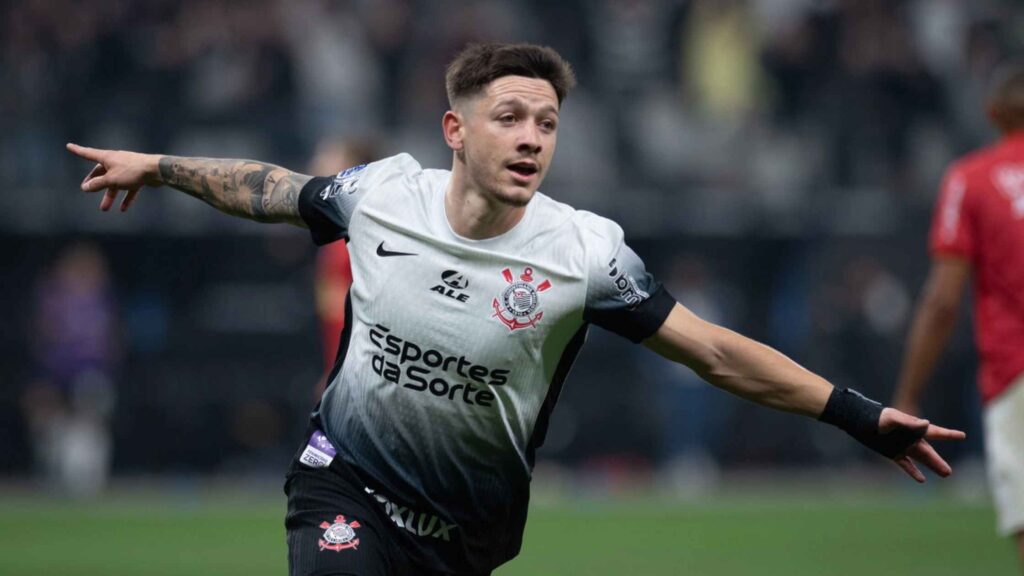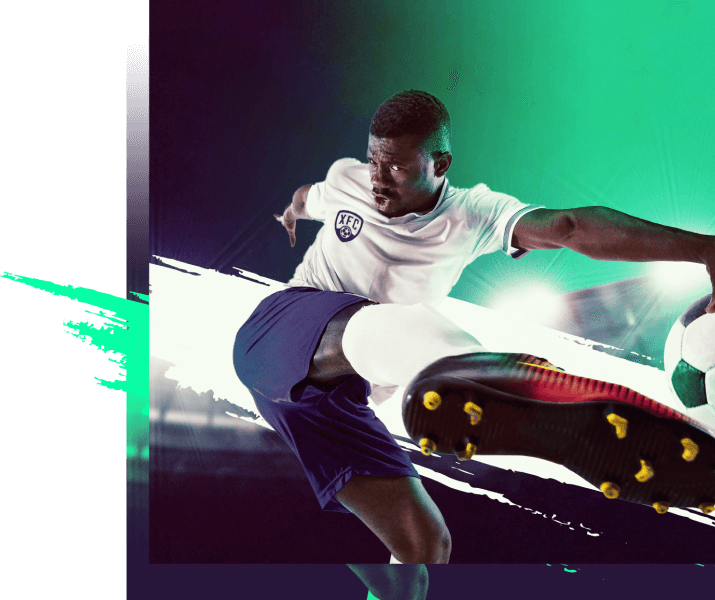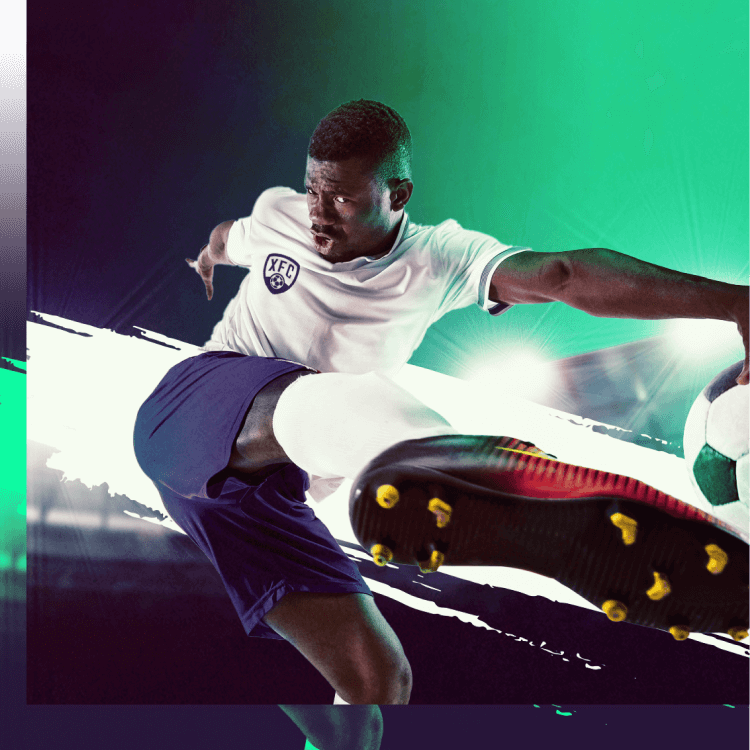Mikel Arteta’s attitude on and off the pitch has made him a widely respected figure in English football. The Arsenal hot seat is his first job as head coach and it’s a very tall order indeed. Here are the tactics that Arteta has employed during the 2019/20 season in a bid to the set the Gunners back on track, after numerous years in the wilderness of mid-table stagnation.
Mikel Arteta’s career
Mikel Arteta had a memorable playing career that saw him lift a number of high-profile trophies. Principally played as a defensive midfielder, Arteta spent his teenage years with FC Barcelona’s youth squad.
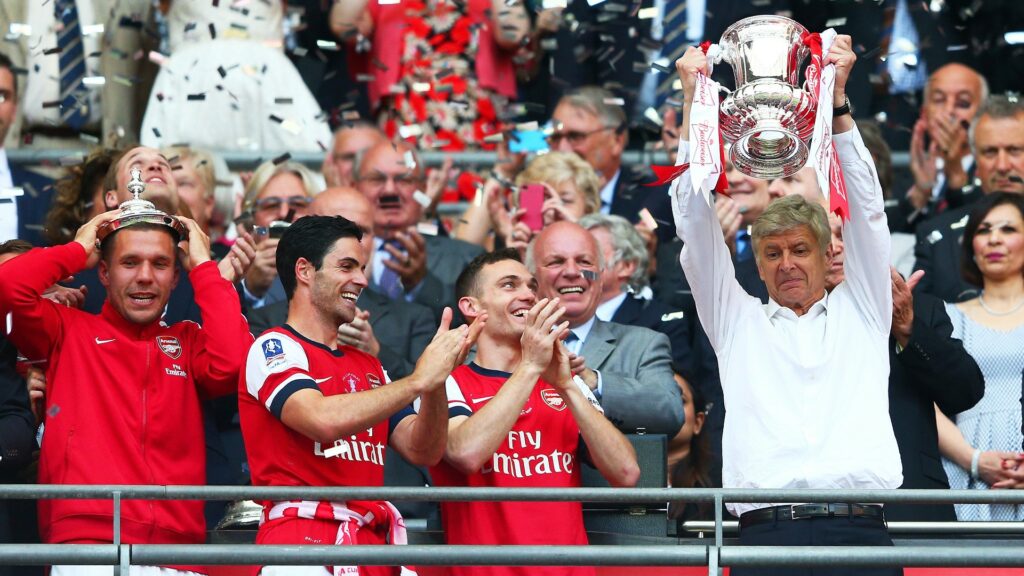
Following a brief loan spell with Paris Saint-Germain, the Spaniard earned a transfer to Glasgow Rangers, helping the Scottish side win the domestic title and League Cup.
A short spell back in Spain, playing for Real Sociedad, was followed by a six-year period representing Everton in the Premier League. Earning a reputation as one of the most dependable players in the league, Arteta next got the chance to represent Arsenal, where he saw off the remainder of his career.
Although injuries plagued his later years in London, Mikel Arteta was viewed by fans as one of Arsenal’s most important players. He later captained the team. Much like Ole Gunnar Solskjaer did in Manchester, Arteta’s reputation paved the way for the club hiring him as their manager in one of their most difficult periods in recent memory.
Arteta’s style and philosophy
Mikel Arteta’s managerial style is based on the blueprint created by Johan Cruyff at FC Barcelona and reinterpreted as the principal tenets of modern football. Cruyff’s greatest pupil is perhaps Pep Guardiola, a terrifically successful manager in numerous leagues.
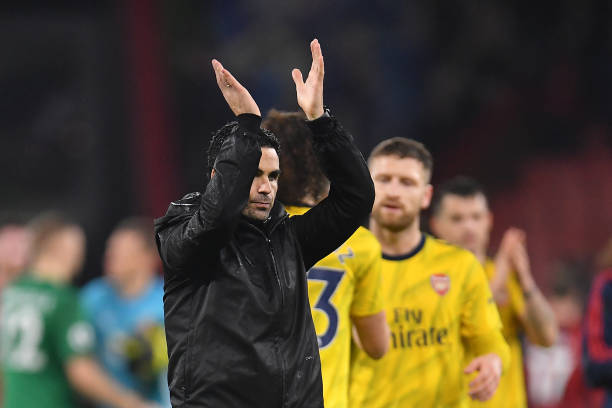
Arteta was Guardiola’s second-in-charge at Manchester City, overseeing a lot of the work that guided the club towards winning two Premier League titles. The two men met while at FC Barcelona. Like other Catalan players that continued their careers into management, both their styles are heavily influenced by the offensive, skill-oriented football that’s part of the Blaugrana’s playing style.
Arsenal’s tactics and formations in Arteta’s term
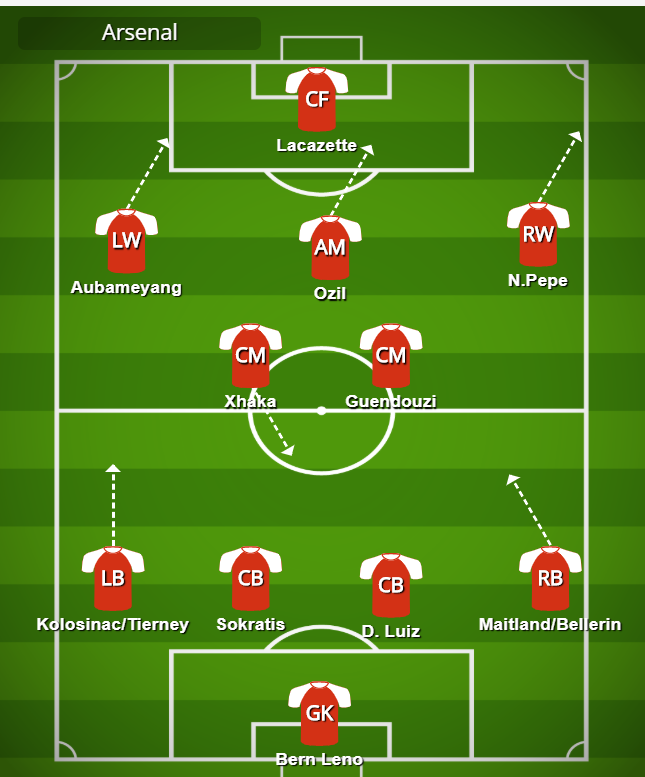
Mike Arteta has employed a number of formations after his replacement of Unai Emery, all designed to emphasize his key principals that include:
- Players making use of half-spaces
- Player movement meant to destabilize the opponents’ setup
- Defending high up the pitch with intense pressing
- Frequent use of inside forwards and inverted-fullbacks
Most frequently, Mikel Arteta tends to prefer the 3-4-1-2 formation, which, often, transitions into a 4-4-2 in defense. Another formation used to highlight Arsenal’s passing strength is the 4-2-3-1.
Arteta’s style has drawn a lot of comparisons to Pep Guardiola’s method. It’s a fair assessment, especially considering the current Arsenal manager’s work at Man City.
The style that Mikel Arteta emphasizes is meant to change Arsenal and, ultimately, turn them from a mid-table team back into a title-challenging club.
But, this philosophy also leaves way to certain vulnerabilities, especially in defense, where Arsenal’s high pressing and the positioning of their central defenders leaves plenty of room for their opponents to speculate.
Arsenal in attack
Arsenal has been criticized for their perceived lack of squad depth, but this does not apply to their attacking department. Pierre-Emerick Aubameyang is one of EPL’s best scorers, and capable of dropping down to play in-between spaces. Alexandre Lacazette, Nicolas Pepe, and Gabriel Martinelli are all players of great potential.
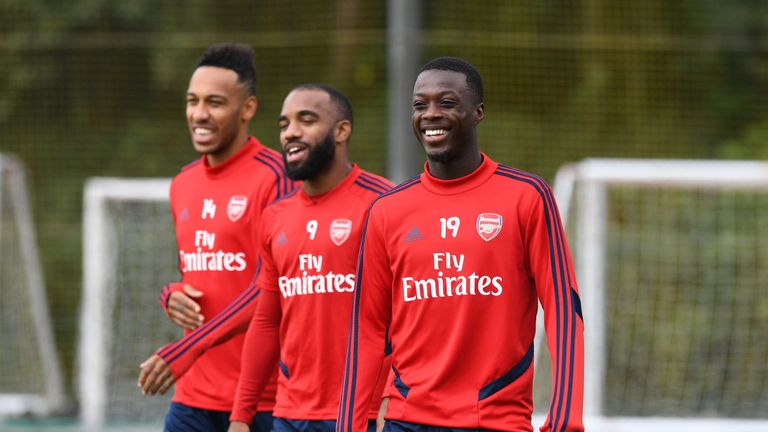
When in possession Arsenal will attempt to overload the attacking areas. It’s not unusual for five or six of the Gunners’ players to linger around the penalty area when they are controlling build-up. The winger, Saka, and Pepe, will move into wider areas. Aubameyang and Mesut Ozil will move into half-space, leaving room for Lacazette or Martinelli to spearhead the attack.
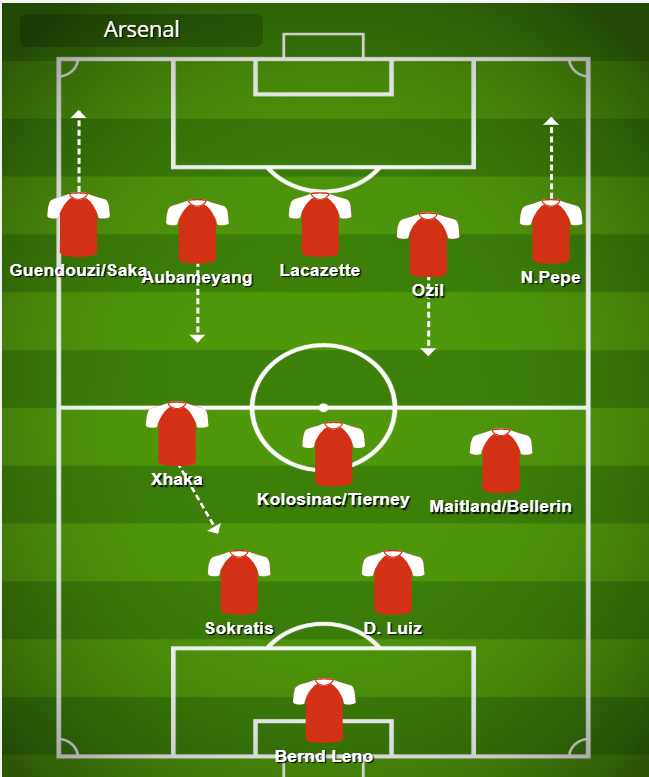
It’s a brave strategy, but one that can often backfire, especially if individual errors occur. There’s often a huge gap created between attack and defense, that quick teams making use of vertical passes use to their advantage.
Arsenal’s defense
Arsenal’s defense is the most thorny issue that Mikel Arteta has had to face. With fewer options than he would need, and players likely to make mistakes at important stages during a game, Arsenal have suffered defensively, in spite of featuring the highly-talented goalkeeper Bernd Leno.
David Luiz and Mustafi or Sokratis will stay back as the team’s last line of defense. On occasion, a third defender (Chambers or Bellerin) will round up the central-defense line.
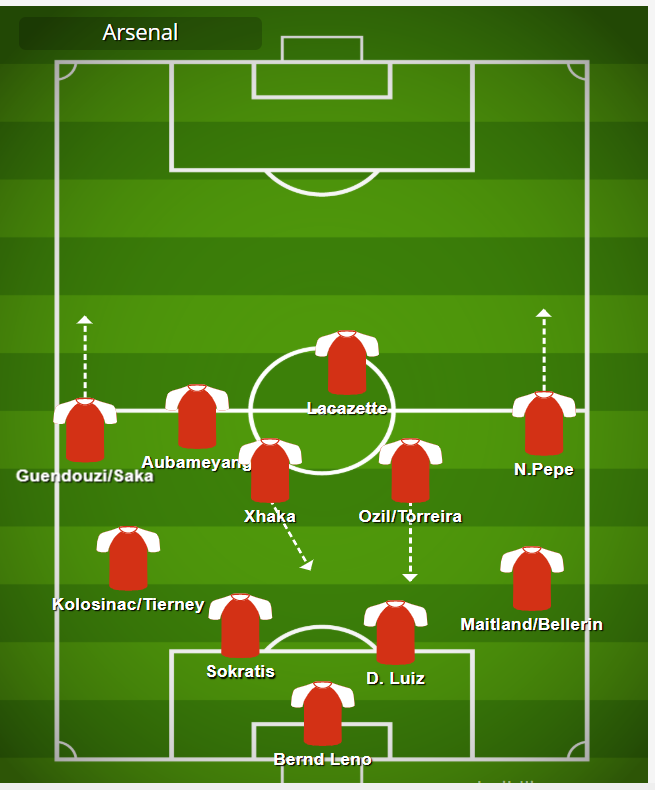
Arteta tends to get inventive in his use of wing-backs. Traditionally, Dani Ceballos and Hector Bellerin will move into inverted wing-back roles. Granit Xhaka tends to drop deeper acting as a ball winning midfielder.
What does the future hold for Mikel Arteta and for Arsenal?
Mikel Arteta has striven to change Arsenal since joining the club as manager, implementing a modern style of football focused on attacking movement.
Results, however, have improved only slightly since his arrival. It’s unclear how much patience the London clubs’ hierarchy is willing to have. But, the unwillingness to provide Arteta with the time and, especially, the transfer budget he needs, could prove a costly mistake.
Arsenal may not be a title challenger yet, but they may only be a few signings away from regaining some of their former glory.
